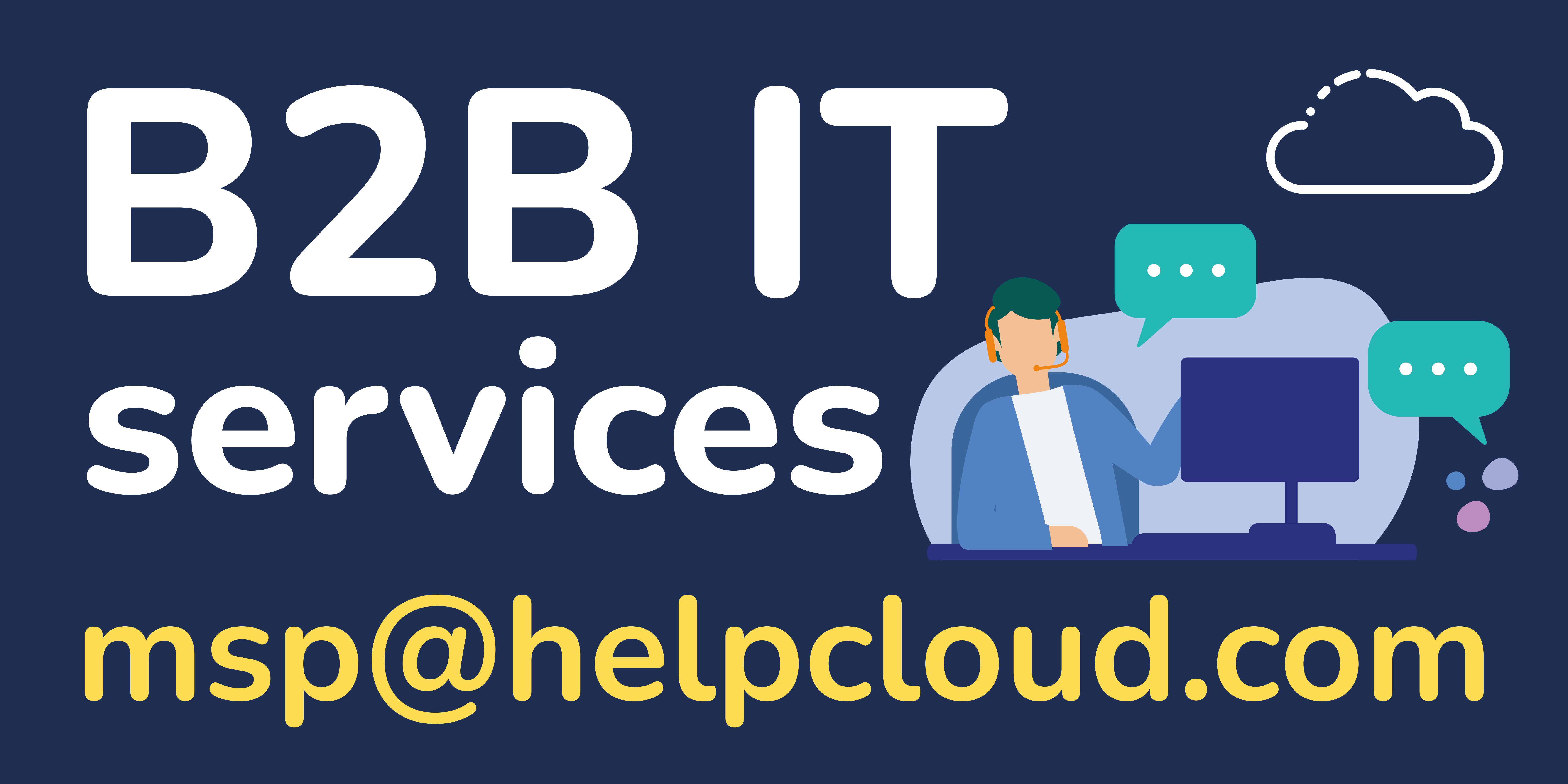In today's fast-paced business landscape, managing an efficient and cost-effective IT budget is crucial for the success of any organization. From hardware and software investments to cybersecurity measures, every aspect of your IT infrastructure demands financial attention. In this blog post, we'll explore some savvy money-saving tips to help you optimize your IT budget without compromising on performance or security.
1. Embrace Open Source Software:
One of the most effective ways to trim down software licensing costs is by exploring open-source alternatives. Many high-quality open-source solutions exist for common business needs, ranging from office productivity tools to server operating systems. By adopting open source, you not only save on licensing fees but also contribute to a community-driven ecosystem.

2. Cloud Optimization:
Evaluate your cloud usage regularly to ensure you're only paying for the resources you need. Implement automated scaling and monitoring tools to optimize cloud services based on demand. Consider utilizing reserved instances for predictable workloads, offering significant savings compared to on-demand pricing.
3. Energy-Efficient Hardware:
Invest in energy-efficient hardware to reduce both operational costs and environmental impact. Energy Star certified devices consume less power, leading to long-term savings on electricity bills. Additionally, consider virtualization technologies to maximize server utilization, reducing the need for physical hardware.
4. Negotiate Vendor Contracts:
When renewing or entering into contracts with IT vendors, don't hesitate to negotiate terms and pricing. Many vendors are open to discussions, especially if you're a long-term customer. Explore bundle options, discounts, or extended payment terms to secure the best deal.
5. BYOD (Bring Your Own Device) Policy:
Implementing a BYOD policy allows employees to use their personal devices for work purposes. This can significantly reduce the need for expensive company-provided hardware, saving on upfront costs and ongoing maintenance.
6. Regular IT Audits:
Conduct regular IT audits to identify underutilized resources, redundant software licenses, or outdated equipment. This proactive approach helps you reallocate resources efficiently and avoid unnecessary expenses.

7. Employee Training Programs:
Invest in training programs for your IT staff to enhance their skills and productivity. A well-trained team is more efficient, reducing the likelihood of costly errors and downtime. Explore online training platforms or consider partnerships with educational institutions for cost-effective training options.
8. Remote Work Solutions:
Enable and optimize remote work solutions to reduce the need for extensive office infrastructure. Cloud-based collaboration tools and virtual desktop infrastructure (VDI) can empower employees to work from anywhere, minimizing office-related expenses.
9. Cybersecurity Awareness Training:
A well-informed workforce is your first line of defense against cyber threats. Implement regular cybersecurity awareness training to educate employees about potential risks and best practices. This investment can help prevent costly security breaches and data loss.
10. Explore Managed IT Services:
Consider outsourcing certain IT functions to a managed service provider (MSP). MSPs offer a cost-effective solution for tasks like network monitoring, security management, and helpdesk support. This allows your internal IT team to focus on strategic initiatives while benefiting from specialized expertise.

Implementing these money-saving tips requires a strategic and holistic approach to IT budget management. By making informed decisions and embracing innovative solutions, your organization can achieve cost efficiency without sacrificing the quality of IT services. Take the first step towards a leaner and more effective IT budget today.
